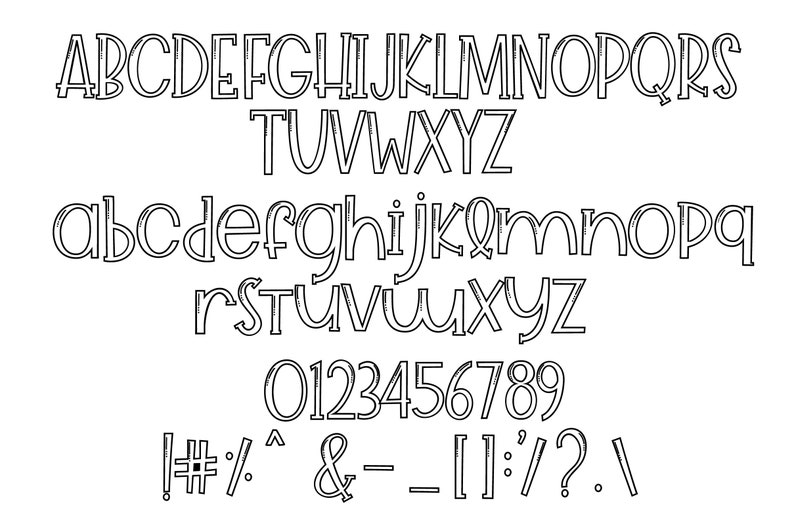

Outline font pdf#
Outlining also is not necessary for PDF outputs. This means that outlined files must be verified against the original design to make sure nothing fell off or got moved. Outlining also tends to ignore paragraph styling and it has moved lines around in the past when we worked on these. This is a major gap and a potential quality control risk because it changes the output. InDesign makes use of the glyphs in the font file to interpret the vector information, but InDesign ignores things like underlined text or strikethroughs because these are added by the program and are not part of the font.

The process by which InDesign outlines fonts is not without any flaws. Outlined Text (bottom) shows the underline removed. However, none of the text information is retained, so outlining fonts should be done carefully and saved in a separate file to avoid losing your data. The chacters can still be modified by changing the path and you can change the fill. Outlined fonts in InDesign are easily identified by the green path outline around each character. Outlining eliminates the need for fonts to be distributed with the design files for which often licenses are needed or specific composer settings are required to render these properly. This process is called “creating outlines” because the character’s outline is turned into a vector shape. Outlinig fonts is a standard option in InDesign under the Type Menu ( Type > Create Outlines) whereby the program interprets each font as a geometric description that can be scaled to the highest possible resolutions that a printer can output. That means that the font is not included in the transfer unless they are sent separately.
Outline font license#
It is also still the case that InDesign does not package CJK (Chinese, Japanese and Korean) fonts just like they do not package Typekit fonts (another issue that makes transfer of fonts difficult read about font license issues with Multilingual Typesetting). Outlining fonts has the benefit that the type is vectorized into a path and therefore permanently “set” in the design, rather than being “live text” that calls upon a font that often is protected by copyright. However, it’s common practice with Asian languages or languages with complex font layouts for printers to request design files that are outlined. This is usually not an issue when the translation is set with the same font as the English. When delivering translated text that is typeset in InDesign, we often get the request to send back the InDesign files to the printer. InDesign does not pacakage CJK (Chinese, Japanese, Korean) fonts, often requiring us to outline fonts in lieu of hi-res PDF outputs


 0 kommentar(er)
0 kommentar(er)
